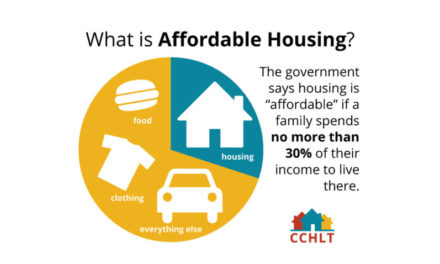Thumbnail: Statistics paint a devastating picture of COVID-19’s impact on the the local economy, and the workers harmed most were the most vulnerable.
By David Ciscel
Clearly, the U.S. economy and the Memphis regional economy were thrown into a severe recession by the actions we took to try to slow down the spread of the pandemic. As we begin to open the economy in the region and the effects of the pandemic begin to rise again, it important to look back at the fast and devastating effect that COVID 19 had on Memphis.
In April 2019, the regional economy had a labor force of 640,352 workers – 616,661 had full or part-time employment. That is, the unemployment rate was only 3.7%.
The labor force of the City of Memphis was a little under half of the regional economy – a city labor force of 296,886 with an unemployment rate of 4.0%. By March of 2020 (this year), the regional labor force had grown just slightly – by about 6,000 workers – and the unemployment rate was essentially the same: 3.8%. The City had also grown – by around 3,500 workers – and the unemployment rate had risen slightly to 4.2%.
The story of the Memphis economy was the typical one during the past year. The economy was essentially at full employment. In the central City, the economy was not as strong as in the suburbs. For example, in March 2020, Germantown had an unemployment rate of 2.5% and Collierville was at 2.4%.
It was same old story. The regional economy was growing slowly. The suburbs were doing better than the central City. And poverty was still the key feature of the central City’s economy.
COVID changed all that. In one month, the closed economy changed the collected statistics dramatically.
In April 2020, the regional labor force fell to 598,956 workers while the unemployment rate jumped to 12.7%. While 76,221 workers were suddenly unemployed, another 47,266 dropped out the labor force altogether.
That is a decline of almost 125,000 workers in one month!
The City absorbed a lot of that shock. Unemployment in the City rose to 40,236 workers (14.3% of the City labor force), while the labor force declined by 17,868 workers.
The government also surveys the number of jobs (full-time and part-time) in each sector (establishment data) for April. The total number of jobs in the Memphis MSA has grown very little over the April 2019 to March 2020 period to 654,200 jobs. In one month, the number of jobs declined by 65,700 (10%) to 588,500 jobs.
Manufacturing and Construction, the two sectors that are usually devastated by a recession, were hardly harmed in this initial month – a fall of 4,700 jobs. In addition, wholesale trade, retail trade and transportation all registered moderate downturns in numbers of jobs. The two big losses were in Leisure and Hospitality (-30,200 jobs – a 44% drop), and Administrative Support (-5,900 jobs – a 10% drop).
These are important findings because these two sectors tend to employ large numbers of low wage, minority workers who have few benefits associated with employment. Administration Support includes most jobs that are offered through temporary staffing agencies – a part of the economy where job insecurity is part of employment contract.
These are early numbers. May statistics will tell us more about the regional economy – but these numbers show a peculiar and devastating picture. The COVID inflicted recession harmed those workers and eliminated those jobs staffed by the most vulnerable people in our regional economy.
While race and gender statistics are not yet available, it is clear that black workers and women were those most harmed by this medical emergency. Memphis has always been a poor city economically. COVID made it poorer.
Note on the numbers in the April 2020 Tennessee Labor Market Report: All the numbers are based on statistical surveys rather on a collection of information from everyone and every business. That means there are errors. Most of the surveys were not designed to capture this kind of economic downturn, so the numbers probably under-count the impact of COVID. However, the numbers are collected consistently from month to month, so they are comparable from one period to another.
**
David Ciscel is professor emeritus of economics at University of Memphis
**
Click here to join us at the Smart City Memphis Facebook page for daily articles, reports, and commentaries that are relevant to Memphis.





